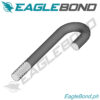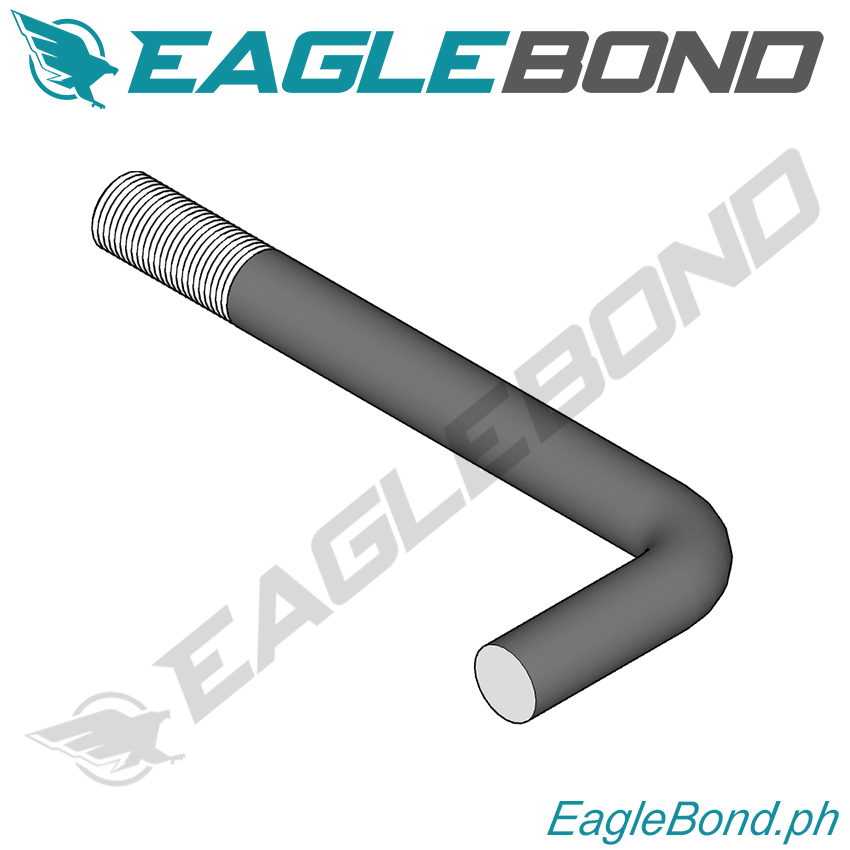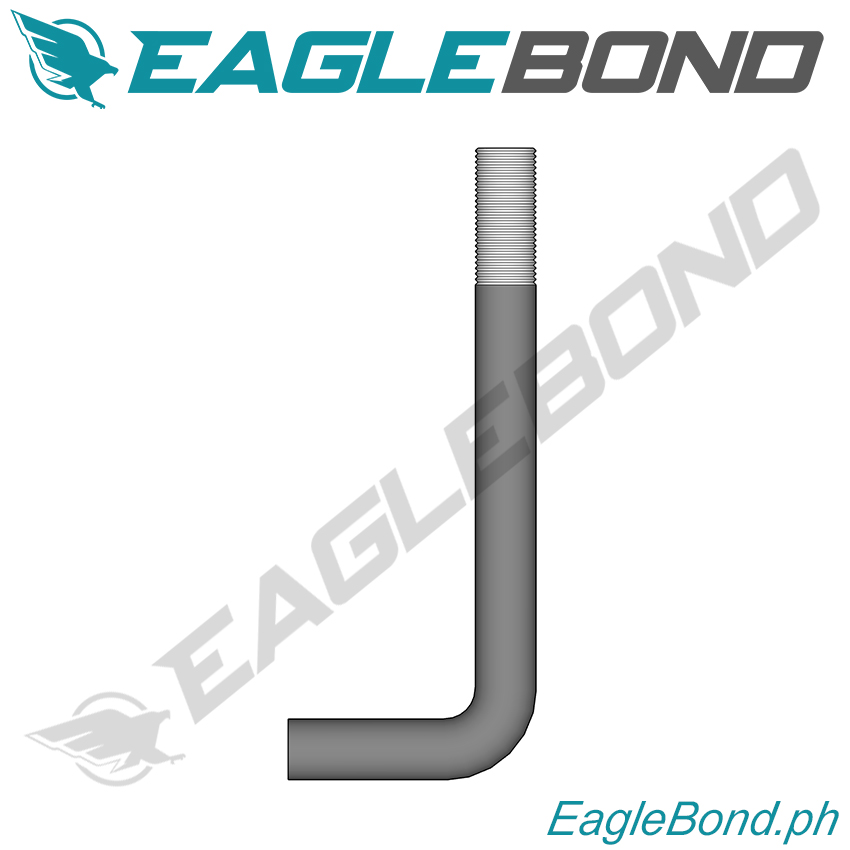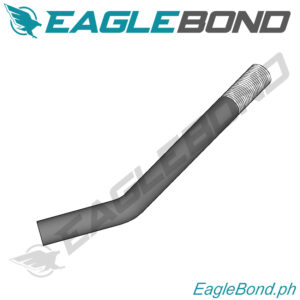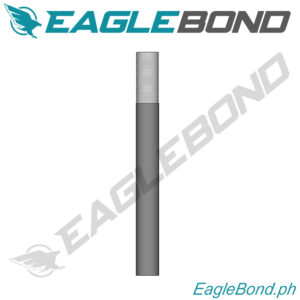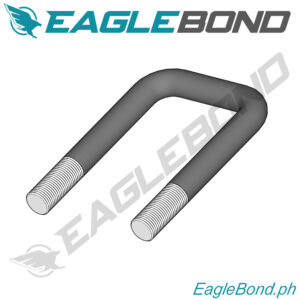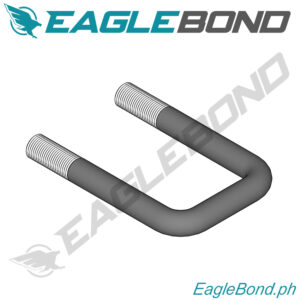Structural Anchor Bolt – L Type (Cast-In-Place) ASTM A325
Description: The Structural Anchor Bolt – L Type (Cast-In-Place) is a specialized anchoring solution designed to be embedded in concrete before it sets, providing a robust and permanent connection between structural elements and concrete foundations. The L-shaped design is engineered to resist both tensile and shear forces, offering superior holding power and stability. Made from high-strength steel, often with a galvanized finish for corrosion resistance, this bolt is ideal for heavy-duty applications in construction and industrial settings.
Key Features:
- L-Shaped Design: The L shape provides enhanced anchoring capability, preventing rotation and pullout. This design is particularly effective when cast into concrete, as the bent end acts as a secure anchor within the hardened concrete.
- Material: Constructed from high-strength steel, with options for galvanized or stainless steel finishes to ensure durability and resistance to corrosion, even in harsh environments.
- Customizable Lengths and Diameters: Available in various sizes to match specific project requirements, from small-scale installations to large structural applications.
- High Load Capacity: Engineered to support substantial loads, making it suitable for critical connections in structural steelwork, industrial machinery, and infrastructure projects.
Uses and Purpose:
- Cast-In-Place Applications: Designed to be set in wet concrete, these anchor bolts are essential for securing columns, beams, and other structural components to concrete foundations. The cast-in-place method ensures a permanent and highly stable connection.
- Structural Connections: Commonly used in the construction of buildings, bridges, and other structures where a reliable connection between the steel framework and concrete foundation is required.
- Industrial and Heavy Machinery: Ideal for anchoring heavy equipment, platforms, and other installations that demand a secure and stable base.
Importance of Using:
- Enhanced Stability: By casting the anchor bolt into the concrete, the L-type design provides exceptional resistance to pullout and lateral forces, ensuring the long-term stability of the connection.
- Load-Bearing Capacity: These bolts offer high load-bearing capacities, critical for structural safety in load-bearing applications. This ensures that the structure or equipment remains securely anchored under various stresses.
- Corrosion Resistance: Galvanized or stainless steel options provide protection against rust and corrosion, which is especially important for outdoor or industrial applications where exposure to moisture, chemicals, or extreme temperatures is common.
- Permanent Solution: Once set in concrete, these anchor bolts offer a permanent anchoring solution that is integral to the structure, reducing the need for future maintenance or adjustments.
Topics to Discuss for Importance:
- Structural Integrity and Safety: Discuss how L-type anchor bolts cast in place contribute to the overall stability and safety of structures by providing a secure connection that resists forces that could lead to structural failure.
- Installation Process: Highlight the importance of proper installation techniques, including placement and orientation of the bolts in the concrete formwork, to ensure maximum effectiveness once the concrete sets.
- Load Requirements: Emphasize the need to select the correct size and material based on the specific load requirements of the project to ensure adequate performance and safety.
- Environmental Considerations: Explain the importance of choosing the right material and finish, such as galvanized or stainless steel, to match the environmental conditions of the installation site.
- Compliance with Standards: Stress the need for anchor bolts to meet relevant industry standards and certifications to ensure they are suitable for structural applications and provide the expected level of performance and safety.
In summary, the Structural Anchor Bolt – L Type (Cast-In-Place) is an essential component in construction and industrial applications where a secure, reliable, and permanent anchoring solution is needed. Its design, material options, and cast-in-place application make it a preferred choice for ensuring structural stability and integrity in a wide range of demanding environments.

